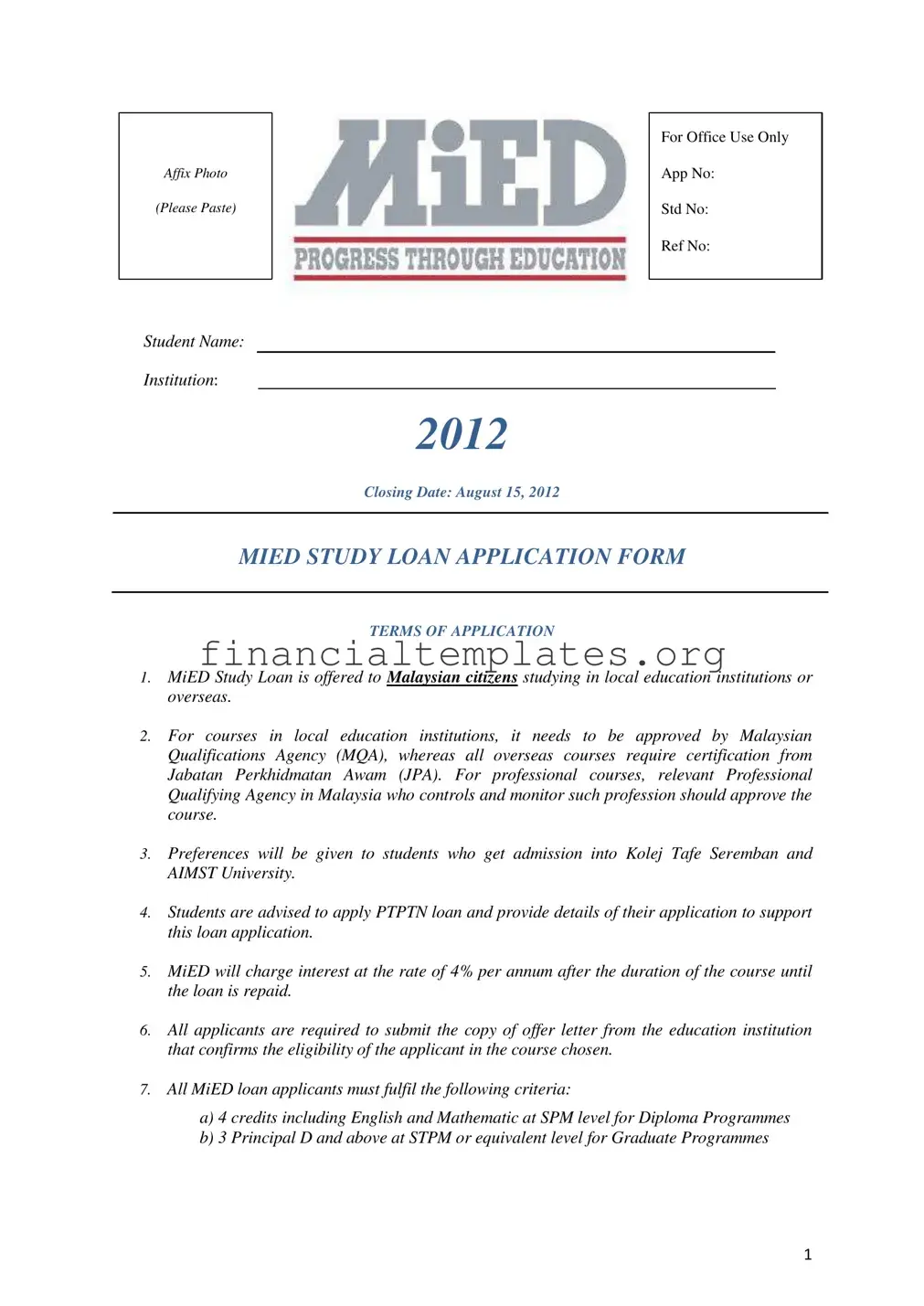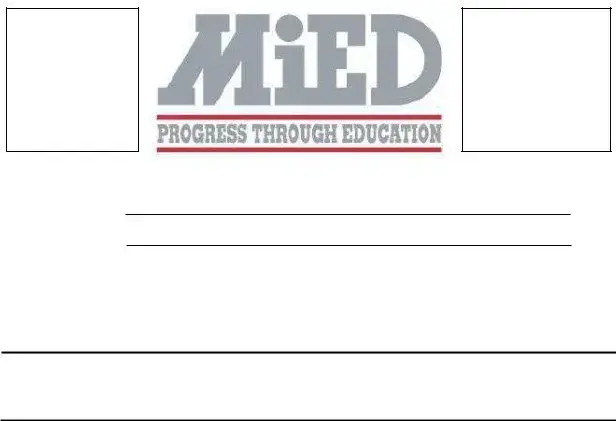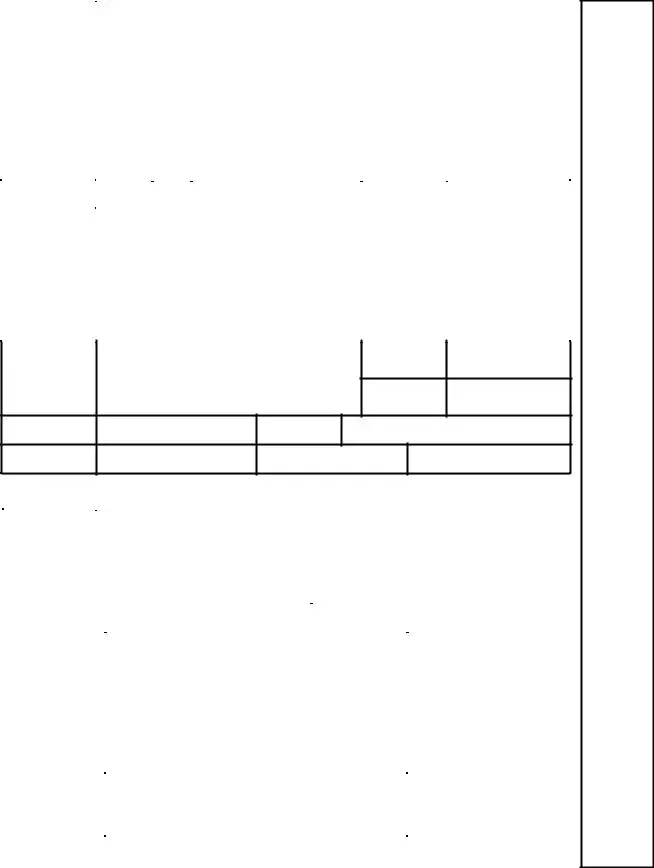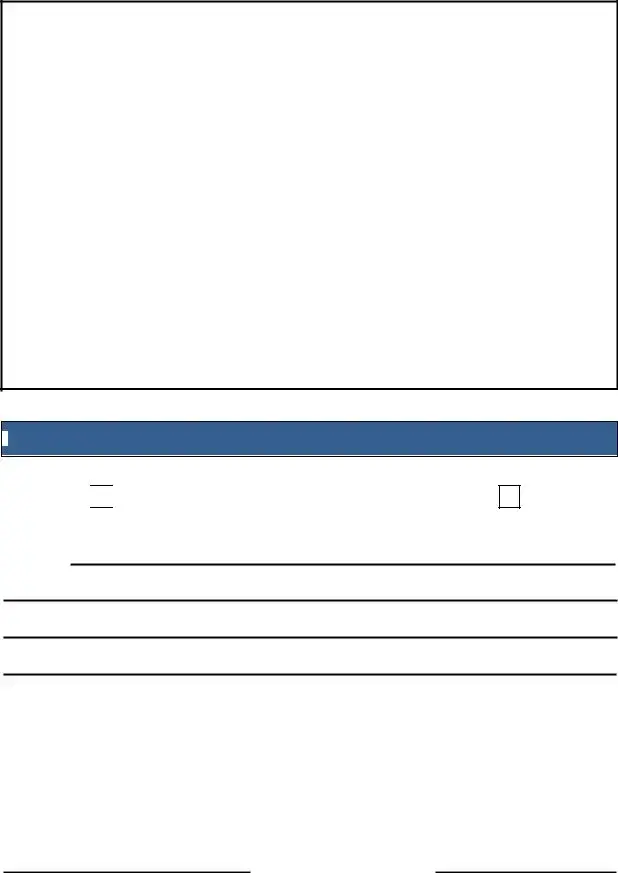The Mortgage Application Form shares many commonalities with a Mied Loan Application form, primarily because both facilitate the process of requesting financial support under specific terms and conditions. Like the Mied Loan Application, a Mortgage Application requires the applicant to provide personal information, financial details, and evidence of eligibility. Both documents necessitate a thorough check of the applicant's financial history and the capability for repayment, including the provision of guarantors or collateral to secure the loan. Additionally, they both detail the consequences of defaulting on payments and outline the terms of the loan repayment.
A Student Financial Aid Application, used to apply for grants, scholarships, or loans, also mirrors the Mied Loan Application form in several ways. Both require applicants to disclose their educational institution, course of study, and academic performance. They also necessitate the submission of personal and financial information to assess eligibility and need. Similar to the Mied Loan, financial aid applications often require information on dependents and guarantors to secure the awarded funds.
The Business Loan Application Form parallels the Mied Loan Application as both seek detailed information about the purpose of the loan and the applicant's ability to repay. Applicants must provide business-related information or, in the case of the Mied form, educational details that justify the need for financial support. Both forms require disclosures about financial status, and each has its own criteria for approval, including creditworthiness and, in some instances, collateral.
The Credit Card Application process is somewhat similar to the Mied Loan Application, primarily in the assessment of the applicant's credit history and financial responsibility. Both applications require personal and financial information to evaluate the risk of lending. While the specifics of the information required differ, with credit card applications focusing more on income and existing credit, the underlying principle of determining the applicant's ability to fulfill financial obligations remains the same.
Rental Application Forms, used by prospective tenants, share similarities with the Mied Loan Application in that they both assess the applicant's financial reliability. Rental applications request information on income, employment, and sometimes credit history to ensure the applicant can afford the rent. Similar to loan applications, failing to meet the financial criteria can result in rejection.
The Scholarship Application process, while focused more on academic achievements than financial capability, requires applicants to provide detailed personal and educational information similar to that in the Mied Loan Application. Both types of applications may ask for details on extracurricular activities, references, and future plans. Each evaluates the candidate's suitability and eligibility for financial assistance based on a set of criteria.
Grant Application Forms for research or project funding necessitate a comprehensive overview of the project, expected outcomes, and budget, akin to the financial and educational details required in the Mied Loan Application. Both demand detailed proposals explaining how the funds will be used and often require evidence of qualifications and the potential for successful completion of the proposed endeavor.
Cosigner Applications, an integral part of many loan processes, particularly for applicants with insufficient credit history, require details similar to the guarantor section of the Mied Loan Application. Both implicite a third party in the financial agreement, sharing the responsibility for the debt. They necessitate thorough information about the cosigner's or guarantor's financial stability and willingness to assume responsibility if the primary applicant fails to meet their obligations.
The Car Loan Application process resembles the Mied Loan Application because both involve substantial financial commitments and require detailed information about the applicant’s financial situation. Applicants must provide evidence of income, employment, and sometimes assets or other collateral, just as they must for a Mied Loan. The main difference lies in the purpose of the loan; however, the assessment of applicants’ ability to repay the loan is notably parallel in both procedures.








 FINAL DECISION
FINAL DECISION
